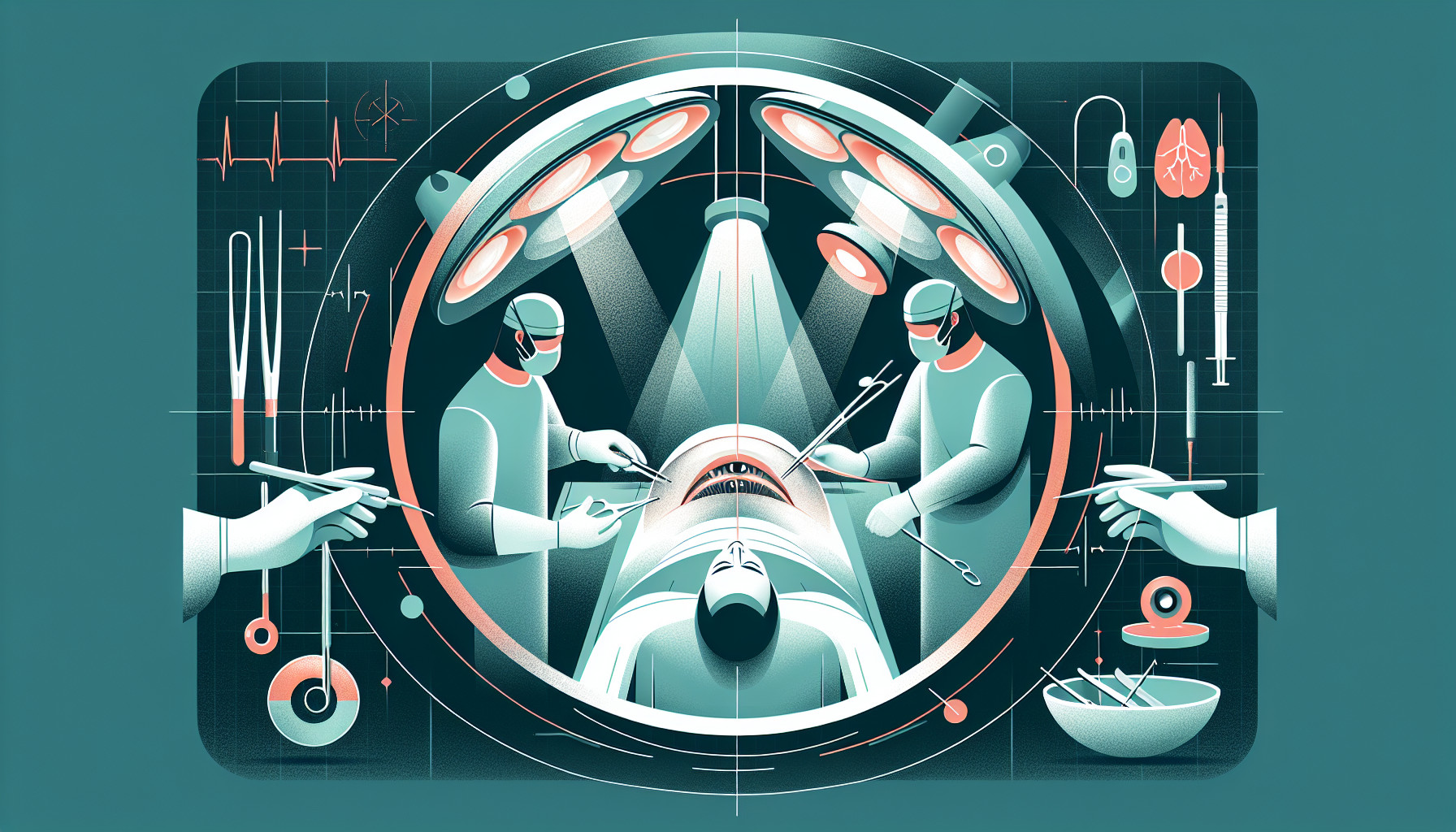Our Summary
This research paper discusses recent improvements in cataract surgery that have made the procedure safer and more precise.
One innovation is the use of visualization systems like intraoperative aberrometry, which is very helpful when implanting toric IOLs (Intraocular lenses - artificial lenses implanted in the eye). These lenses need to be positioned very accurately, and even a small misalignment can affect the quality of vision after the surgery.
Another innovation is the use of a femtosecond laser (a laser that emits optical pulses) to create a mark for accurate positioning of the toric IOL. This laser technology has also improved other parts of the surgery and can be used successfully in patients with more complex cases, like children or those with advanced cataracts. However, this laser can also cause an increase in certain eye proteins (prostaglandins), which can cause the pupil to constrict (miosis). Using anti-inflammatory eye drops before the surgery can help manage this issue.
The paper also discusses lenses with extended depth of focus (EDOF), which can help patients see clearly at all distances without needing glasses - a goal for many patients. However, this technology may not work for all patients.
Another development is the Eyemate, an intraocular sensor that can be implanted during cataract surgery. This device allows patients with glaucoma to monitor their eye pressure, which is a major risk factor for glaucoma, at any time. The initial experiences with this device have been very encouraging.
Finally, the paper mentions the idea of using drugs or nutritional agents to prevent the formation of cataracts, but suggests that more research is needed in this area.
FAQs
- What are the recent improvements in cataract surgery discussed in the research paper?
- What is the role of the femtosecond laser in cataract surgery and are there any potential side effects?
- What is the Eyemate device and how can it benefit patients with glaucoma?
Doctor’s Tip
Overall, it’s important for patients considering cataract surgery to discuss all available options with their doctor and to ask about any new technologies or techniques that may be beneficial for their specific case. Staying informed and asking questions can help ensure a successful outcome for the surgery.
Suitable For
Overall, cataract surgery is typically recommended for patients who have significant vision impairment due to cataracts. This may include patients who have difficulty with daily activities, such as reading, driving, or watching TV, due to cloudy or blurry vision. Other factors that may indicate the need for cataract surgery include:
- Visual acuity that does not improve with glasses or contact lenses
- Difficulty seeing at night or in low light
- Glare or sensitivity to bright lights
- Difficulty distinguishing colors
- Double vision in one eye
- Changes in the prescription for glasses or contact lenses
It is important for patients to discuss their symptoms with an eye care professional to determine if cataract surgery is the best option for them. In some cases, patients may be able to manage their symptoms with changes in their glasses prescription or other treatments.
Timeline
Before cataract surgery, a patient may experience symptoms such as blurry vision, difficulty seeing at night, glare or halos around lights, and colors appearing faded. They may also have difficulty reading or driving, and may need frequent changes in their glasses prescription.
After cataract surgery, patients typically experience improved vision within a few days, with the full effects becoming apparent within a few weeks. They may need to wear an eye patch or shield for a short period of time after the surgery, and will need to use prescription eye drops to prevent infection and promote healing. Patients are usually able to resume normal activities within a few days to a week, but should avoid heavy lifting or strenuous activities for a few weeks.
Overall, cataract surgery is a safe and effective procedure that can greatly improve a patient’s quality of life and vision. With recent advancements in technology and techniques, the surgery has become even more precise and tailored to the individual patient’s needs.
What to Ask Your Doctor
Some questions a patient should ask their doctor about cataract surgery include:
- What are the potential risks and complications associated with cataract surgery?
- What type of intraocular lens (IOL) will be used during the surgery and what are the benefits of this particular lens?
- Will I need to wear glasses after the surgery, and if so, for what activities?
- How long is the recovery period and what can I expect during the healing process?
- Are there any lifestyle changes or precautions I should take before or after the surgery?
- Is there a specific type of cataract surgery that would be most suitable for my individual case?
- What is the success rate of cataract surgery and what are the expected outcomes?
- How experienced is the surgeon in performing cataract surgery and what is their success rate?
- Are there any alternative treatments or technologies that could be considered for my case?
- What post-operative care will be required, and how often will follow-up appointments be needed?
Reference
Authors: Dick HB, Schultz T. Journal: Klin Monbl Augenheilkd. 2017 Aug;234(8):979-985. doi: 10.1055/s-0042-121423. Epub 2017 Jan 13. PMID: 28086250
